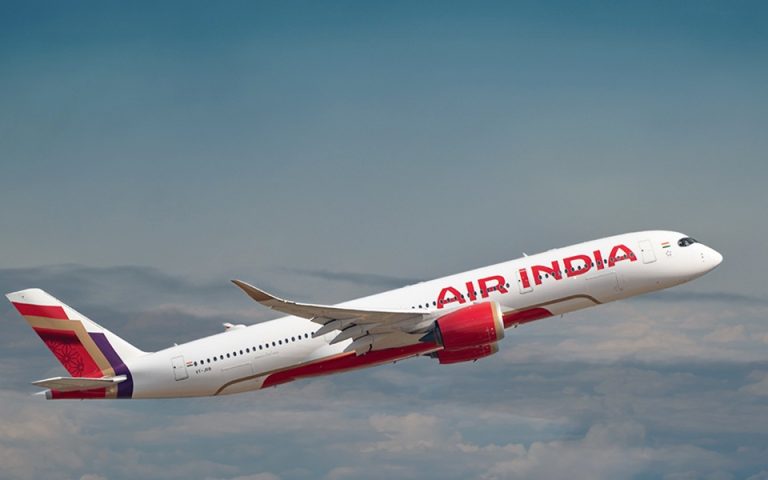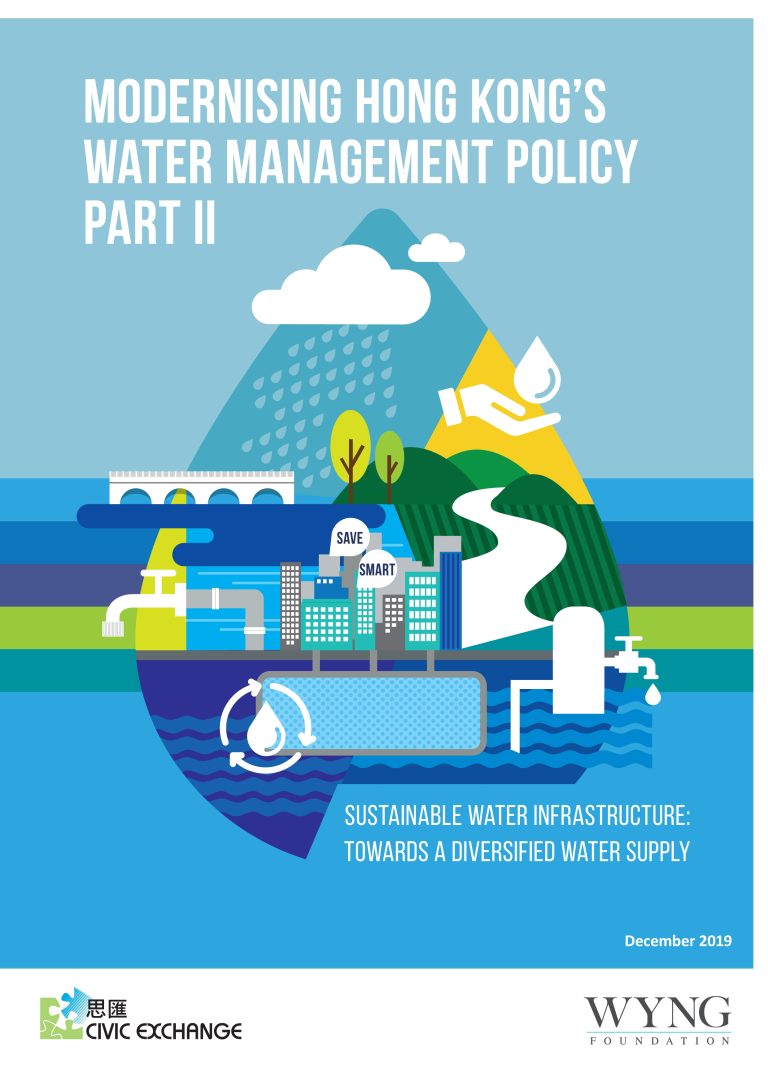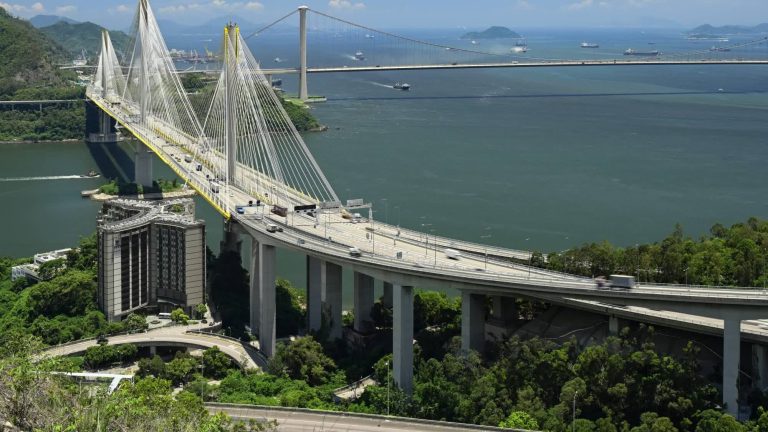In the dynamic world of air travel, unexpected technical challenges can arise, testing the preparedness and professionalism of airlines and their crews. A recent incident involving an Air India flight bound for Delhi highlights the critical importance of passenger safety and proactive decision-making in aviation.
The flight, originally departing from Hong Kong, encountered a technical issue that prompted an immediate return to its point of origin. While specific details about the nature of the technical problem were not elaborated in the available information, the airline’s decision to prioritize passenger safety demonstrates a commitment to responsible operational protocols.

Technical issues in aviation are not uncommon, and airlines have comprehensive procedures designed to address such situations swiftly and effectively. When an aircraft experiences a mechanical or technical concern, pilots and ground control teams collaborate to assess the situation, determine the safest course of action, and minimize potential risks to passengers and crew.
In this particular instance, the Air India flight’s return to Hong Kong suggests that the onboard technical issue was significant enough to warrant immediate attention but not severe enough to necessitate an emergency landing at an alternate location. Such decisions are made through careful evaluation of multiple factors, including the specific nature of the technical problem, aircraft condition, fuel reserves, and overall flight safety parameters.
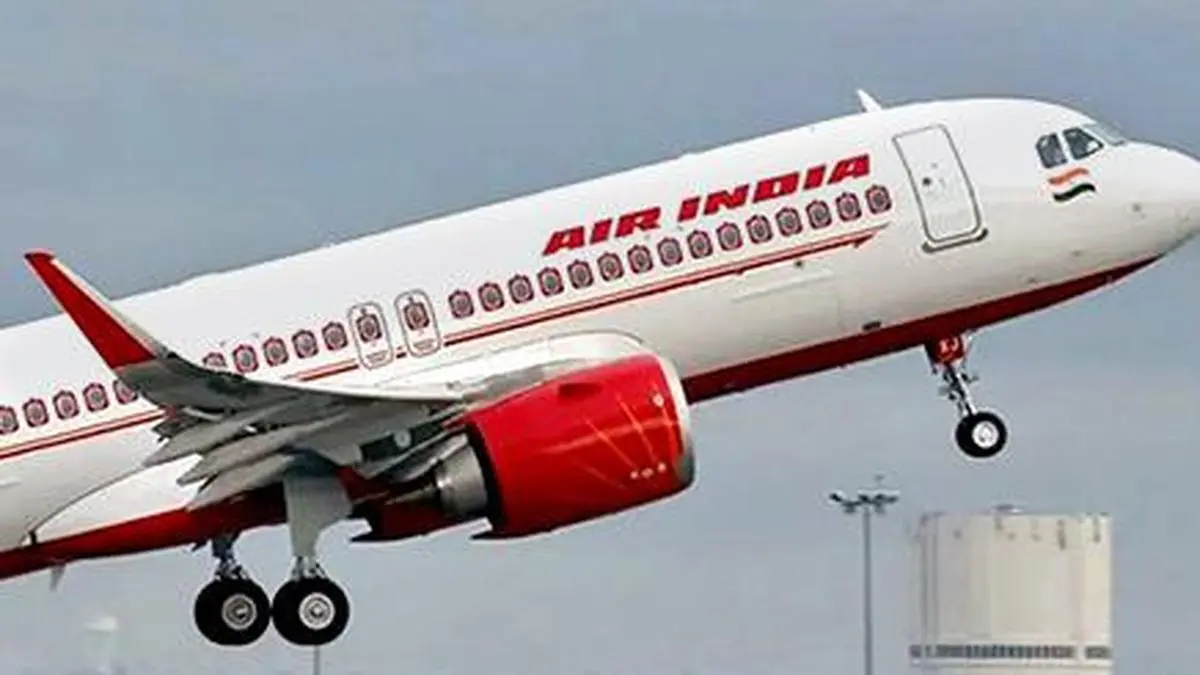
Passengers experiencing such unexpected changes in their travel plans often face understandable frustration and uncertainty. However, these precautionary measures are fundamental to maintaining the highest standards of aviation safety. Airlines invest substantial resources in training, maintenance, and emergency response protocols to ensure that potential technical issues are identified and addressed proactively.
Modern commercial aircraft are equipped with sophisticated diagnostic systems that continuously monitor various mechanical and operational parameters. These advanced technologies enable flight crews and ground technical teams to detect and respond to potential issues quickly, often before they escalate into more serious problems.
:max_bytes(150000):strip_icc()/Boeing_and_Air_India-1dbc11c214d148769d84859d0516f226.jpg)
While the specific details of this Air India flight’s technical issue remain undisclosed, the incident serves as a reminder of the complex and meticulously managed nature of air travel. Each decision made during such scenarios reflects a delicate balance between operational efficiency and passenger safety.
For travelers, understanding that such incidents, though disruptive, are part of the airline industry’s rigorous safety protocols can help manage expectations and appreciate the behind-the-scenes efforts to ensure safe transportation. Airlines like Air India continuously work to minimize technical disruptions while maintaining an unwavering commitment to passenger well-being.
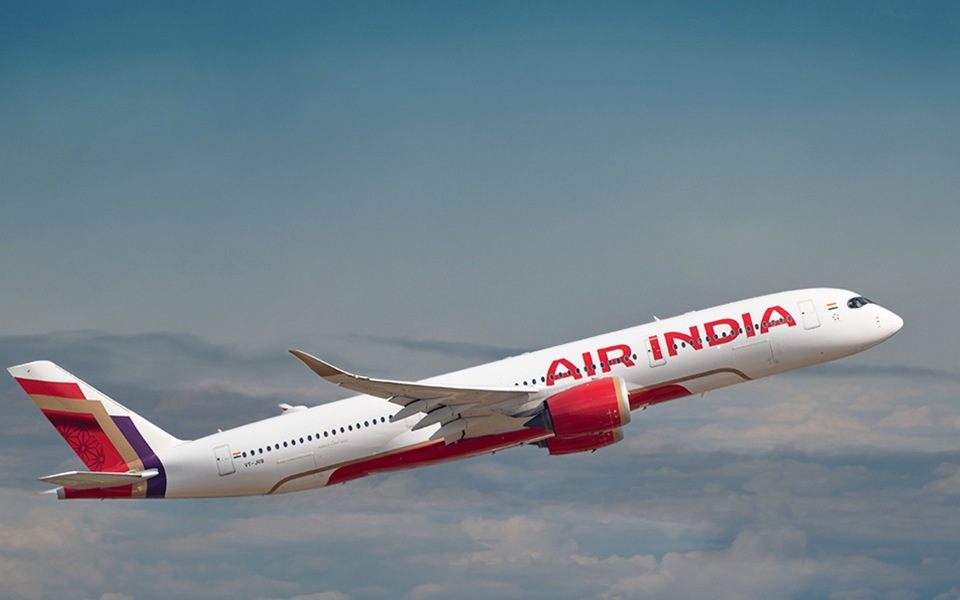
The return of this flight to Hong Kong underscores the aviation industry’s fundamental principle: when in doubt, prioritize safety. It’s a testament to the professionalism of flight crews and technical teams who make split-second decisions to protect lives and maintain the integrity of air travel.
As air travel continues to evolve with technological advancements, incidents like these provide valuable learning opportunities for airlines, manufacturers, and regulatory bodies. Each technical challenge addressed becomes a data point in an ongoing effort to enhance aviation safety and reliability.
Travelers can take comfort in knowing that modern aviation operates under stringent safety standards, with multiple layers of checks and balances designed to identify and mitigate potential risks before they become critical issues.




